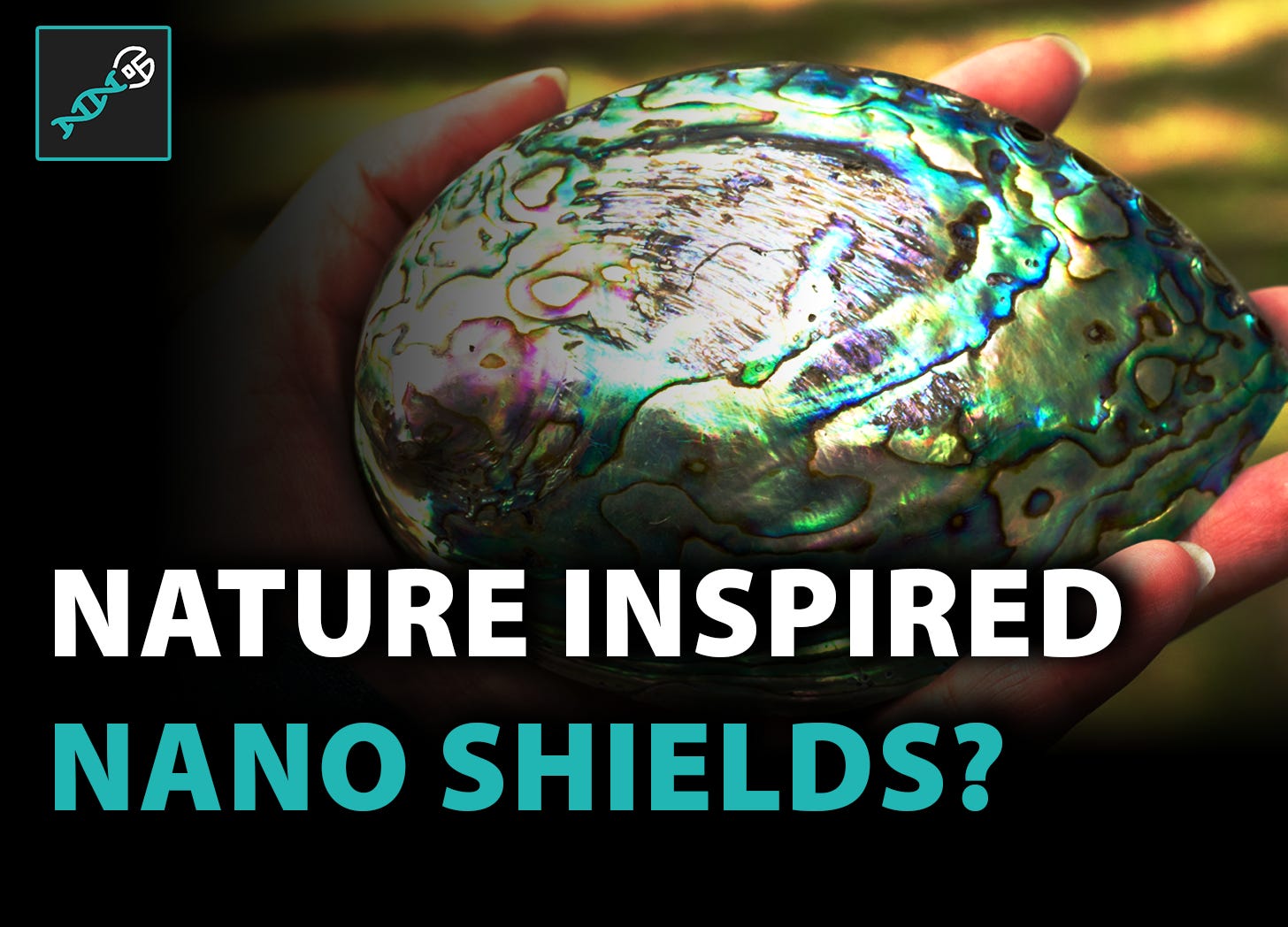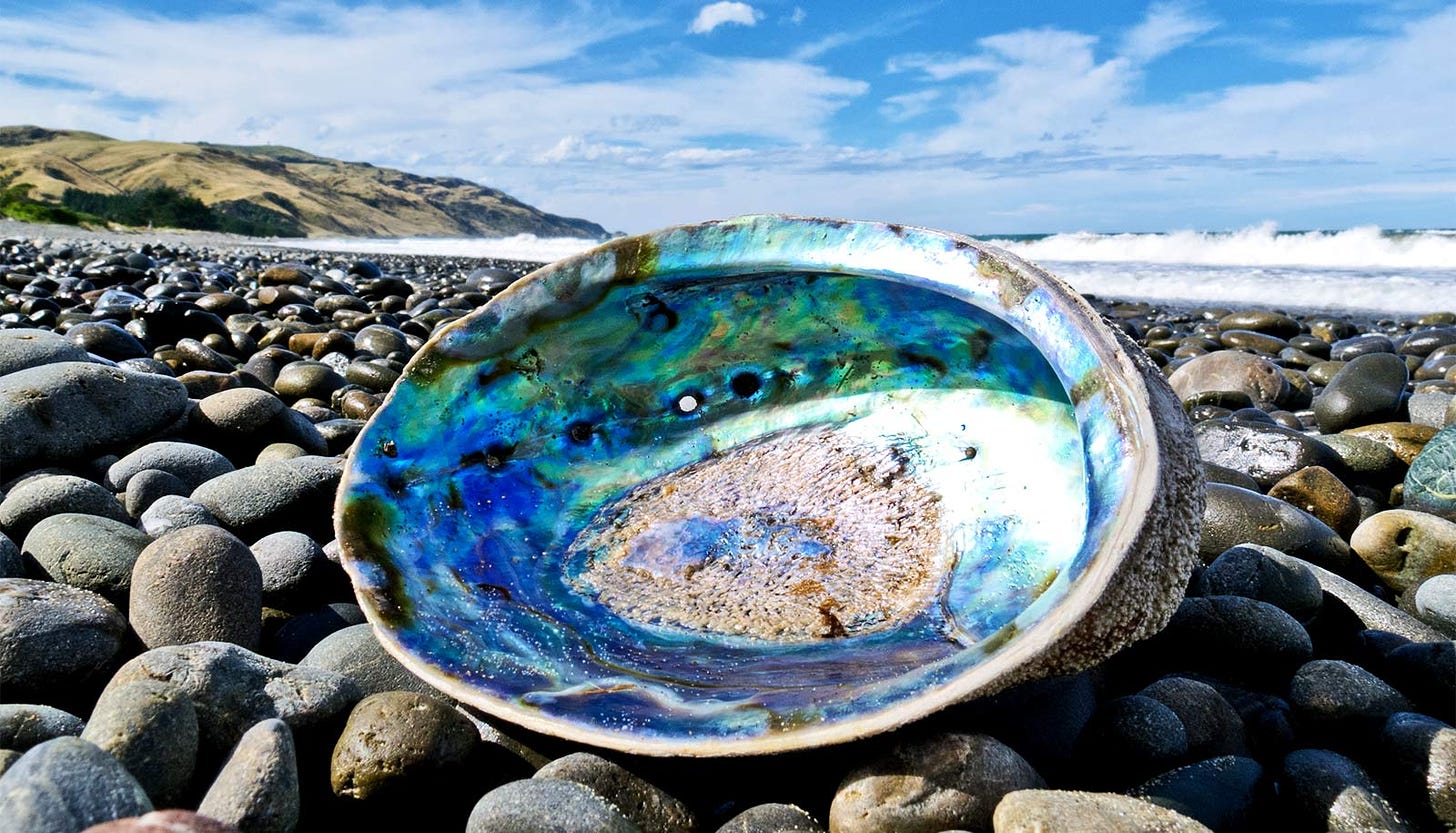Nature inspired Nano Shield: Discover the Latest in Waterproof Technology
Coating from UConn is made of nanosheets in a polymer matrix that makes it nearly impermeable to air and other gases, water-proof, and fire-proof.
The coating is made of a high concentration of nanosheets within a polymer matrix. To make the coating, the nanosheets are pre-arranged in a series and the polymer flows between the sheets to lock them in place. The material forms the shape of the substrate it is laid on. It was shown to be 60% stronger than stainless steel and can be used on a variety of materials to protect from both fire and water.
Welcome to the new Evolutionaries who have joined us since last month! If you haven’t subscribed, join 3,000+ smart, curious folks by subscribing here:
Sean’s Summary of:
Biomimetic nanocoatings with exceptional mechanical, barrier, and flame-retardant properties from large-scale one-step coassembly
The Problem
Moisture is one of the biggest threats to electronic devices. Exposure to moisture can lead to corrosion, short circuits, and even complete device failure. This is why waterproofing is a critical aspect of device design, especially for electronics used in wet environments such as smartphones, wearables, and outdoor electronics.
However, creating a waterproof barrier is easier said than done. It requires a coating that can adhere to the device's surface and provide a seal that is impervious to moisture. The coating must also be thin and flexible enough to not interfere with the device's functionality.
In Nature
Nacre, also known as mother of pearl, is a fascinating natural material that has been studied for centuries. It is the iridescent inner layer of shells produced by certain molluscs, including abalone, pearl oysters, and some species of clams and snails. The unique properties of nacre have inspired many researchers and engineers to study it for possible applications in a wide range of fields.
Nacre is a composite material made up of thin, flat plates of aragonite, a form of calcium carbonate, and natural polymers that coil around and through the plates. These polymers are primarily proteins, and they are responsible for holding the plates together and providing flexibility to the material. The aragonite plates are arranged in a staggered, brick-like pattern that creates a series of overlapping layers, which gives the material its distinctive iridescence.
One of the most remarkable properties of nacre is its strength and toughness. Despite being made up of brittle aragonite plates, nacre is surprisingly resistant to fractures and other forms of damage. This is due to the way the natural polymers in the material interact with the plates. The polymers hold the plates together firmly, but they also allow them to slide past each other slightly under stress. This gives nacre the ability to absorb energy and distribute it evenly throughout the material, making it resistant to cracks and fractures.
Hypothesis
Can large-scale biomimetic organic/inorganic hybrid nanocoatings with a nacre-like microstructure be prepared through a facile coassembly process and exhibit exceptional mechanical properties, barrier properties to both oxygen and water vapor, flame retardancy, and high transparency?
The Results
The researchers have developed nanocoatings that mimic the structure of nacre, a natural composite found in some mollusk shells.
These nanocoatings are made using a simple process that combines organic and inorganic materials, and results in a high concentration of nanosheets that can be well aligned on a surface.
The nanosheets and polymer matrix of these coatings can be chemically cross-linked to make them exceptionally strong, stiff, and flame retardant. It was shown to be 60% stronger than stainless steel
The nanocoatings also have high barrier properties to oxygen and water vapor, as well as high transparency, with more than 85% of visible light being transmitted through the coating.
These nanocoatings can be applied to various substrates and surfaces, including irregular surfaces like films and foams.
Because of their excellent performance and versatility, these nanocoatings have the potential to be used in a wide range of applications.






